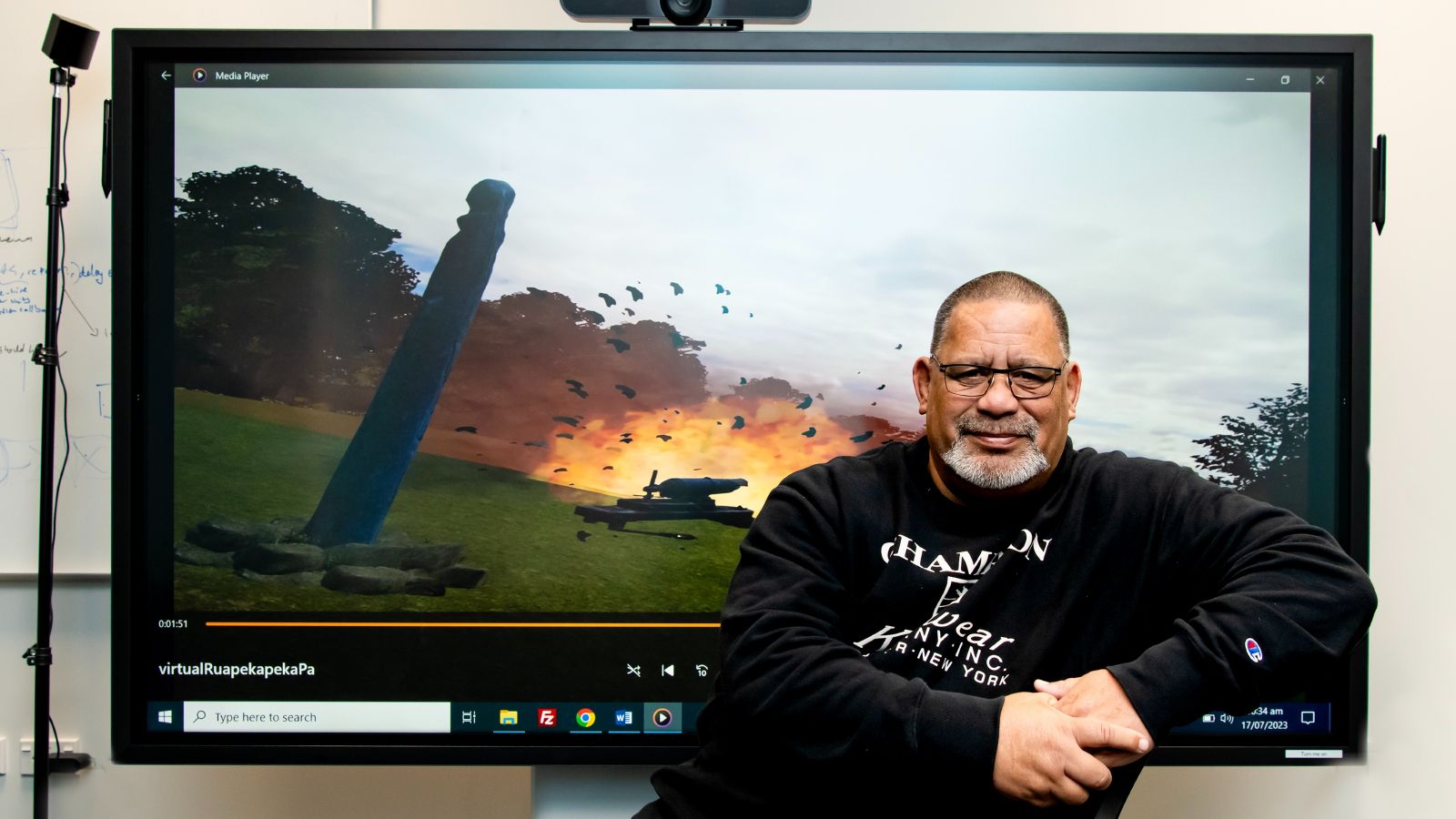‘Deliberately different’ science
Policy advisors urged to consider 'deliberately different' science, informed by the SfTI challenge.

To develop a ‘deliberately different’ science system that is effective in providing expertise and knowledge to respond to societal problems in Aotearoa New Zealand the Government needs to lead with a framework to support mission-oriented science.
Through an analysis of the practices of the Science for Technological Innovation (SfTI) challenge some of the key elements have been identified for developing a framework for successful and impactful science to continue to develop in Aotearoa New Zealand.
SfTI operates ‘deliberately different’
SfTI’s practices are deliberately different. Their leadership team consciously sought to create a science programme that meets the mission through practices that cut across science disciplines and mātauranga Māori, enabling people to work together across iwi, industry, community, and researcher roles.
They also acknowledge the capacity development involved and the support needed to do so. The SfTI challenge shows that changing science systems does not just happen organically, but requires making conscious decisions to be ‘deliberately different’.
In analysing SfTI as ‘deliberately different’, BNZIC researchers identified the following key elements:
- A transdisciplinary approach to research and knowledge including mātauranga Māori.
- Resourcing, supporting, and facilitating relationship development across teams.
- Funding capacity development (outside of the researchers’ technical skills).
- Funding ‘mission labs’ to bring people together across sectors, Treaty, and disciplines on key issues.
- Having an ethos of being cutting-edge and risk-taking.
- Working with ‘open’ people who are willing to engage in something deliberately different.
Recommendations for science policy
1. Stretchy and sticky science inspired by collaboration
Stretchy research involves looking five to ten years into the future to develop novel ideas. Sticky research is science that makes sense for Aotearoa New Zealand. To generate stretchy and sticky research, science ideas need to be generated in collaboration with industry, Treaty partners, stakeholders, and scientists. A collaborative and diverse approach must be adequately resourced as part of the science system.
2. Carefully considered research leadership
Careful consideration is essential for the leadership of research priorities or challenges. A partnership approach embracing mātauranga Māori and diverse knowledge sets is essential. The leadership team should encompass a variety of knowledges, disciplines, and relevant impact for each challenge.
3. Opportunities for risk-taking and failure
Embracing a culture that allows for failure is crucial in the science system. Fostering innovation necessitates taking risks in both research organisation and its execution. To encourage science-as-UNusual, teams should feel empowered to be different and explore diverse approaches for innovation.
4. Prioritise relationships and capacity development
People are at the heart of any mission-led science programme. Relationships need to be nurtured, given attention, valued, and funded. Team members should be carefully chosen, not just for their technical skills but also because they are the best ‘fit’ for that science team. In addition, capacity training and mentoring should be offered to all team members for the leadership, relational, and impactful skills that are not always inherent in researchers.
Related articles

Absorptive capacity for open innovation
Developing absorptive capacity for midstream science in open innovation contexts.

Competition vs co-opetition: A case study
A closer look at the co-opetition concept and how it shapes collaborative initiatives in Aotearoa—New Zealand.

Funding capacity for open innovation
Policy advisors can promote engagement between scientists and external stakeholders by funding training that develops human and relational capacity.
